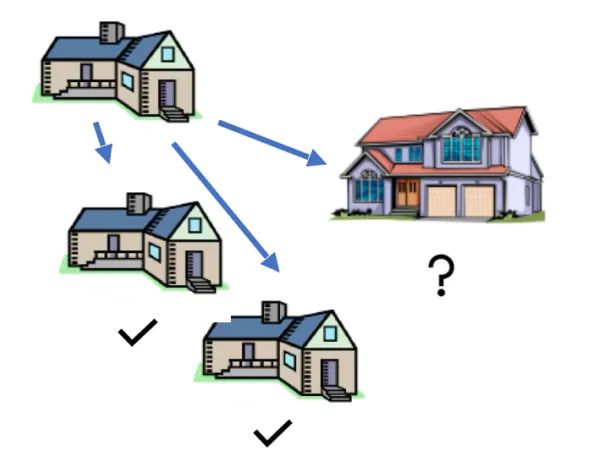
Representation
As mass appraisers, we attempt to estimate something unknown (the values of a universe of properties) based on the prices and attributes of properties that have sold. We use different methods, such as cost, comparable sales, sales and income in regression models and even AI models to estimate values. The basis of all of our techniques is the assumption that properties that have sold represent the properties that have not sold.
Is it safe or reasonable to make these assumptions?
How can we test the validity of these assumptions?
It is important for all assessors to understand how well sales represent their respective inventories. Better yet, techniques that can precisely identify properties that are not represented by sales can be very helpful in improving assessment performance and equity. Properties that are not represented by sales present higher risks for overvaluation or undervaluation.
Representation of unsold properties is one of the most common, yet least understood, problems that all assessors face.
A representation study will determine the degree to which sales represent all properties, uncover patterns of representation, identify properties that are not adequately represented and present strategies for managing unrepresented properties.
